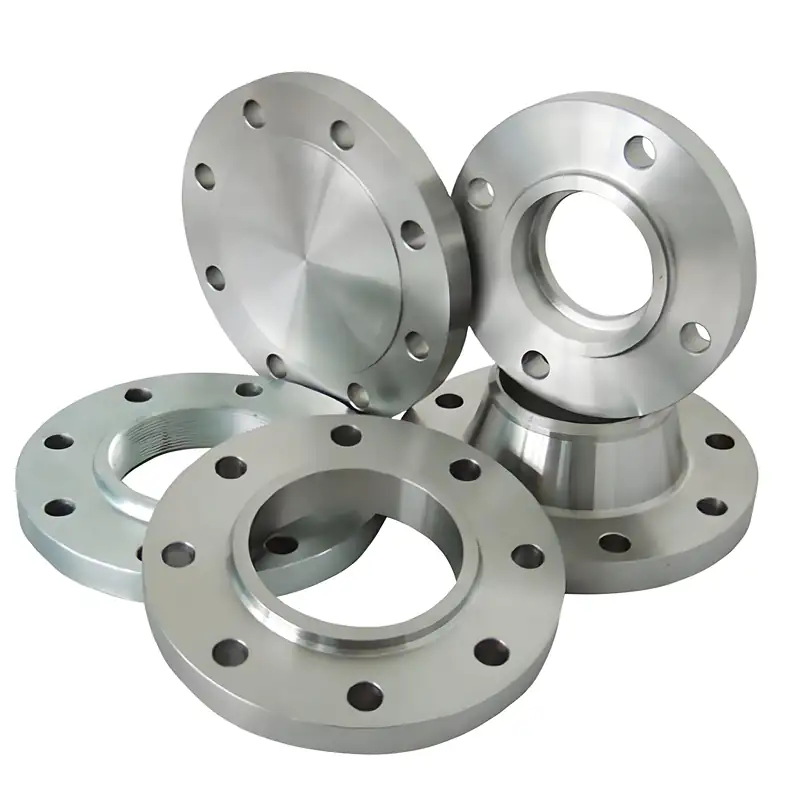Difference between casting flange and forging flange
Date: 2024-09-03 Categories: Blog Views: 4477
Casting Flanges

Casting flange, the blank shape and size is accurate, processing is small, low cost, but there are casting defects (pores. Cracks. Inclusions); casting internal organization streamline poor (if cutting parts, streamline poor); forging flange is generally lower than casting flange, low carbon content, not easy to rust. Forging flow pattern is good, the organization is dense, the mechanical properties are better than casting flange; If the forging process is not appropriate, the grain will be large or uneven, there will be hardening cracks, forging cost is higher than casting flange.
Forgings can withstand higher shear and tensile forces than castings. The advantages of castings are complex shape, low cost; uniform internal organization, no casting holes, inclusions and other harmful defects; casting flanges and forging flanges, such as centrifugal flanges, belong to one of the casting flanges.
Centrifugal flange is a precision casting method, much finer than ordinary sand casting organization, quality improvement, not easy to loose organization, porosity, trachoma and other problems.
Production process for forged flanges
High quality billets are selected for feeding, heating, molding and cooling after forging. The forging process includes free forging, die forging and tire die forging. In the production process, different forging methods are selected according to the quality and batch of forgings.
The basic process of free forging: In free forging, the shape of the forgings is gradually forged through a number of basic deformation processes. The basic processes of free forging include heading, elongation, punching, bending and cutting.
upsetting It is an operational process of forging a raw billet in an axial direction to reduce its height and increase its cross-section. This process is commonly used for forging gear blanks and other disk forgings. There are two types of head roughening: full head roughening and partial forging.
pull out and grow The forging process increases the length of the billet and reduces the cross-section, and is usually used to produce shaft blanks such as lathe spindles and connecting rods.
punch A forging process in which a punch is used to make through or unthreaded holes in a billet.
curve around The forging process bends a billet to a certain angle or shape.
turn around (an undesirable situation) The forging process rotates one part of the billet at an angle relative to another.
cutsThe forging process splits the billet or removes the head.
die forgingThe full name of the model forging, the heated billet will be placed in the forging die fixed in the die forging equipment forging molding. The basic processes: unloading, heating, pre-forging, final forging, punching with skin, trimming, tempering, and shot peening. Commonly used processes include upsetting, elongation, bending, punching and molding. Commonly used die forging equipments Commonly used die forging equipments are die forging hammer, hot die forging press, flat forging machine and friction press. Generally speaking, the quality of forged flanges is better, usually produced by die forging, with fine crystal organization and high strength, of course, the price is also more expensive.
cut florins
Flanges with machined inside and outside diameters and thicknesses are cut directly into the center plate, and then the bolt holes and waterlines are machined. Flanges produced in this way are called cut flanges and their maximum diameter is limited to the width of the center plate.
rolled flaxseed
The process of cutting strips from center plate and then rolling them into round is called rolling, which is mainly used in the production of some large flanges. After successful rolling, it is welded, flattened and then processed for waterline and bolt holes.

























